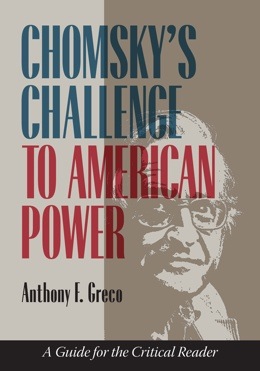In these polarized times, people tend to avoid talking about politics at holiday family get-togethers. I don’t usually encounter that phenomenon: most of my holidays, it happens, are spent with friends and family whose views are predominantly progressive. There are no torrid political disagreements. But at an Easter gathering yesterday, I did hear a point of view that isn’t too unusual in progressive circles that I thought really did need to be corrected. The assertion was something to the effect that differences between our two political parties really aren’t very important, given the overriding importance of money in our politics. This view is not only wrong, but pernicious, because it encourages cynicism and inaction, or misguided action. If both Democrats and Republicans are mainly responding to their donors, what’s the point of us regular folk trying to influence their behavior?
But the plain, inarguable fact is that the Democratic and Republican parties do stand for very different things. Yes, the donor class wields considerable power in both parties, but that doesn’t obliterate partisan differences, which are big.
The best way of illustrating the above proposition is to look at voting records of Democrats and Republicans in Congress. Fortunately, we can do that easily because there are organizations that regularly publish reports on Congressional voting. Probably the group that has been doing that the longest is Americans for Democratic Action (ADA) a liberal group that annually rates all members of Congress on their votes on a select number (usually 20) of issues that ADA deems important and illustrative of members’ political orientations. Congressional votes selected by ADA for rating in 2015 (2016 ratings aren’t yet out) covered a wide range of issues, such as environmental regulation, taxation, social security, immigration and health care. Of course, if ADA rates a Congressperson’s vote as positive, that vote represents the progressive position on the issue in question. Here are the average 2015 ADA ratings for members of Congress:
Senate
Democrats 89% Republicans 5%
House of Representatives
Democrats 85.3% Republicans 2.5%
The numbers pretty much speak for themselves, don’t they? Of course, these numbers are averages, but the averages are so far apart that you would expect to find very, very few Democrats that are as conservative as any Republicans. And you would be right. In the Senate the most moderate (i.e., least “conservative”) Republican was Maine’s Susan Collins, with a whopping 30% ADA rating. The most conservative Democrats were Joe Donnelly of Indiana and Joe Manchin of W. Virginia, who came in at 60%. So, there is no ideological overlap at all in the Senate between Democrats and Republicans. The picture is only a little less dramatic in the House. The most moderate Republicans top out at 25%–but there are just two of them, out of 247. And there is only one Democrat who gets as little as 25%–so, that is the extent of the ideological overlap in the House. Only 4 Democrats get under 50%.
So, don’t let anybody tell you that there isn’t much difference between Democrats and Republicans. The differences, in fact, are so stark that without question, the single most important thing you need to know about a candidate for public office is his or her party affiliation. And you can feel perfectly comfortable being a blind partisan: if you are a progressive, then any Democrat is better than any Republican. It’s as simple as that.




Art Schmidt April 17, 2017 at 11:53 pm
Even if the differences were less stark, blind partisanship would still be a good idea. We want Democrats organizing the House & Senate and setting the agenda. Every Susan Collins or “Maverick” McCain keeps us one more seat away from that goal.
Donald Campbell April 23, 2017 at 5:49 pm
We have to remember that many people are having a hard time in this society and that progressives have not been able to connect with many people in the rust belt. Unfortunately is our post truth society if you are honest and seek evidence based solutions you will be at a disadvantage. I wish I had a good conclusive sentence here, but it is a work in progress.